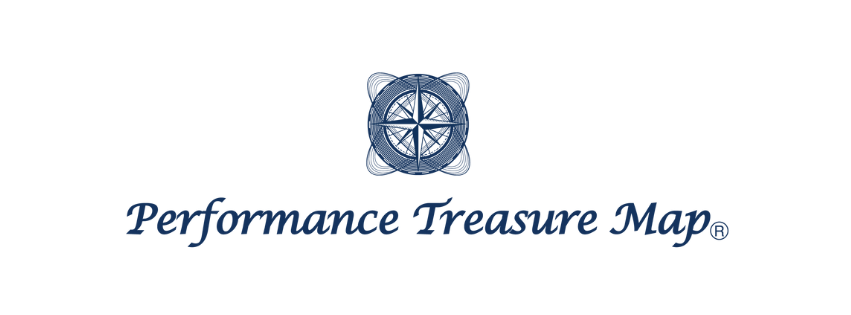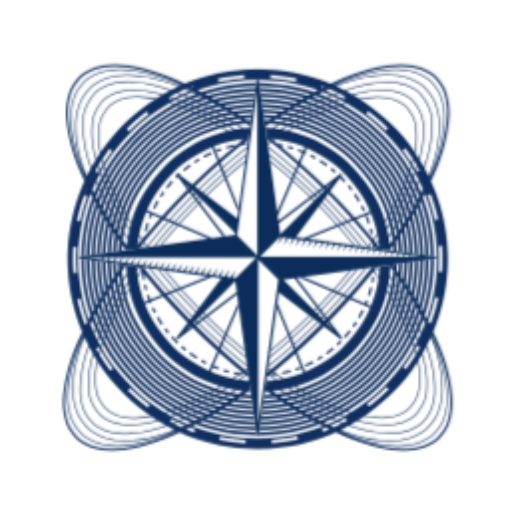About “Performance Treasure Map“
Athletic trainers and coaches working with athletes, as well as the athletes themselves, spend their lives trying to improve their performance.
To them, “being 0.1-second faster” or “jumping 1-centimeter higher” is truly a “treasure” worth spending their lives on.
PTM is a map and a concept created for those who seek such “treasures”.
PTMs may also be regarded as a kind of textbook. However, the main difference between PTMs and conventional textbooks is that they use online systems to share and reflect changes in real-time.
PTM is an “ever-evolving textbook”.

【3 major characteristics of PTM】
1: Never lose sight of the essential “treasure”
2: Clues (factors and elements) are also “treasures”
3: Never stop evolving
▼Check the video below to learn the concept of “K-Map” and find how it looks.
Of the PTMs, the first map provided here is named the Original K-Map (K-Map).
The K in K-Map is taken from the initials of Kai Matsuba, the originator of PTM and K-Map. I also took the initials “K” out of respect for Kazuma Yamazaki, my biggest collaborator.

Original K-Map purchase page Click here for online store!!
We use a system called “MindMeister” to create “K-Maps”. It is very intuitive, and it can be used up to 3 maps for free.

Message from Founders
There are two quotes that I value in PTM and the K-Map.
The first is from the architect Junzo Yoshimura, who talked about creation.
“I believe that design or creation is not a magic trick to create something new, but a kind of rearrangement. I think it is a kind of rearrangement. I think that gathering a lot of good things from the past, studying them carefully, and rearranging them is what creation is all about.”
Architect Junzo Yoshimura
K-Map is not something I created on a whim or with my own original ideas, but by unraveling the history of all the wonderful wise people who have come before us.
Of course, I have included my own thoughts and rules of thumb in there, so I hope you will understand that.
The second is a quote from the philosopher Karl Marx.
“Question Everything”
Philosopher Karl Marx
K-Map also represents the desire to be thoughtful and discerning, to never stop learning, and to never stop wanting to learn!( Karl Marx also said that “There is no smooth road to learning, and only those who are willing to struggle up the steep slope of learning have a chance of reaching its bright top”).
As long as I don’t stop learning, K-Map will always be changing and evolving in real-time. I believe this is the kind of offering that can only be done digitally, in keeping with the times.
Lastly…
Since creating the K-Map based on the PTM concept, I have found that I am able to organize my thinking much more quickly and accurately when teaching and building programs in the field.
In addition, I have been able to open my mind to the question, “What am I doing now, and what approach will I take later? I am now able to connect the relevant parts of the K-Map opened in my mind with lines and embody them as actions.

I am sure that those who purchase K-Map will have the same experience as I did.
I also hope that you will create your own maps based on the concept of PTM.
While I am well aware that the concept of PTM and K-Maps are not the end-all-be-all of performance improvement, I hope that this “treasure map” will reach as many performance treasure hunters as possible and help them.
It is my sincere hope that the word and concept of PTM will reach as many trainers, coaches, and athletes as possible and that this world will become a brighter place.

This post is also available in ja.

